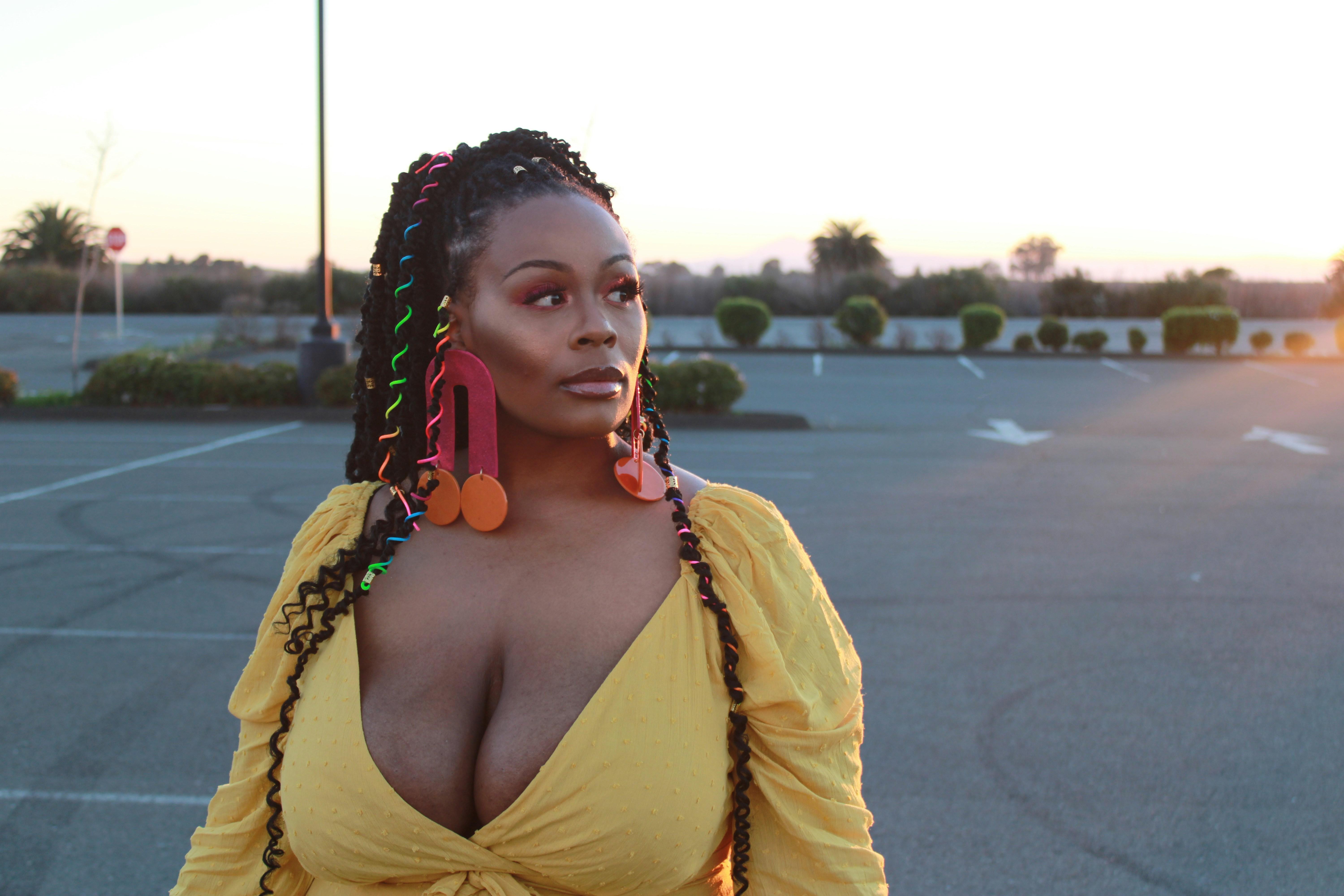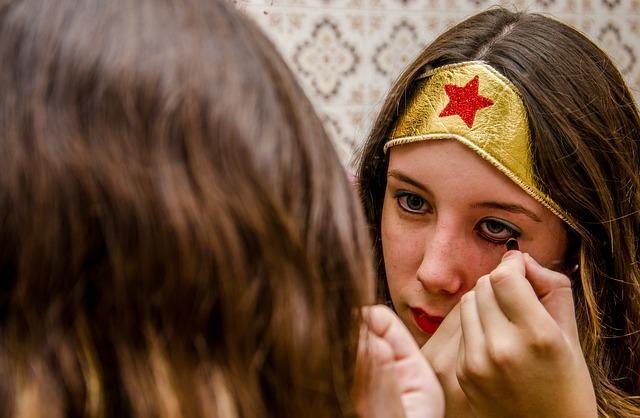In the vibrant tapestry of cinema, costumes often serve as the silent narrators of a story, weaving layers of meaning into the visual fabric of a film. In “Wonder Woman,” this art form transcends mere aesthetics, becoming a vital instrument in character development and storytelling. Each stitch and seam in the attire of Diana Prince and her counterparts holds significance, adding depth and dimension to their on-screen personas. This article delves into how the meticulous design of costumes in “Wonder Woman” not only enhances the visual spectacle but also enriches the narrative, offering audiences a deeper connection to the heroes and villains of this iconic tale.
Crafting Identity Through Armor
In the world of Wonder Woman, armor is more than mere protection; it’s a narrative device that reveals the essence of each character. The Amazons’ armor, for instance, is a tapestry of cultural influences, embodying their rich history and warrior ethos. The intricate details, from the feathered motifs to the gleaming metallic hues, tell stories of resilience and strength. This is not just about aesthetics; it’s about weaving a sense of identity into every piece, making the costumes an extension of the characters themselves.
- Diana’s Armor: Her iconic outfit reflects her dual heritage, combining Amazonian tradition with modern elements.
- Antiope’s Battle Gear: Designed to showcase her role as a mentor and warrior, emphasizing agility and power.
- Queen Hippolyta’s Regal Attire: Blends elegance with authority, illustrating her leadership and maternal instincts.
The attention to detail in the armor design not only enhances the visual storytelling but also deepens our understanding of the characters’ personal journeys and cultural backgrounds. Each piece serves as a visual metaphor, grounding the fantastical elements of the film in a tangible, relatable reality.

The Symbolism of Color and Fabric
- Red and Gold: The vibrant red and gold hues of Wonder Woman’s armor are not just visually striking but deeply symbolic. Red represents passion, courage, and strength—core attributes of Diana’s character. Meanwhile, gold signifies wisdom, divinity, and immortality, reflecting her connection to the gods and her timeless presence. These colors together emphasize her dual role as both a fierce warrior and a compassionate protector.
- Amazonian Fabrics: The use of rich, natural fabrics in the costumes of the Amazons highlights their deep connection to the earth and nature. Leather and linen suggest durability and practicality, reinforcing the Amazons’ self-sufficiency and resilience. These materials, combined with intricate detailing, reflect the blend of tradition and innovation in their society, showcasing a culture that honors its past while embracing the future.
Through the thoughtful use of color and fabric, the costumes in “Wonder Woman” not only enhance the visual appeal but also provide a deeper understanding of the characters’ identities and cultural backgrounds. These design choices invite viewers to explore the layers of meaning embedded in every thread and hue.

Historical Influences and Modern Interpretations
The costumes in Wonder Woman are a fascinating blend of historical and modern elements, providing a rich tapestry that enhances the characters’ depth. The design team drew inspiration from ancient Greek and Roman armor, reflecting the Amazonian warriors’ mythical origins. This historical influence is evident in the use of leather, metal, and intricate detailing that conveys strength and resilience. Diana’s armor, for example, echoes the classical warrior aesthetic, yet incorporates modern functionality and flexibility, symbolizing her role as a bridge between the past and present.
- Historical Elements: The use of traditional armor materials and designs, such as leather straps and metallic accents.
- Modern Adaptations: Streamlined silhouettes and advanced materials for practicality and movement.
- Character Depth: Costumes reflect individual backstories and roles within the Amazonian society.
This thoughtful integration of old and new not only grounds the film in a believable reality but also allows each character’s attire to tell its own story. By weaving together these diverse influences, the costumes become more than mere clothing; they are a visual narrative that enriches the viewer’s understanding of the characters’ identities and journeys.

Recommendations for Costume Design in Future Films
When envisioning costumes for future films, several key considerations can enhance character depth and narrative impact. First, historical accuracy can ground fantastical elements in reality, creating a believable world. Designers should explore the cultural and temporal contexts of their characters, drawing inspiration from authentic sources to add layers of meaning.
- Character Evolution: Costumes should evolve with the character’s journey, visually representing growth or transformation. A shift in color palette or fabric can signify a change in the character’s arc.
- Symbolic Details: Incorporating subtle symbols or motifs can provide insight into a character’s personality or backstory, inviting audiences to delve deeper into their narrative.
- Material and Texture: The choice of material can convey status, power, or vulnerability, enhancing the viewer’s understanding of a character’s role or emotions.
By focusing on these elements, costume designers can create visually stunning and narratively rich garments that resonate with audiences and bring characters to life in a profound way.

